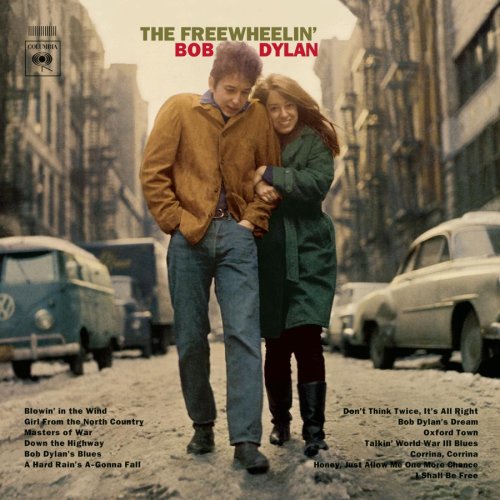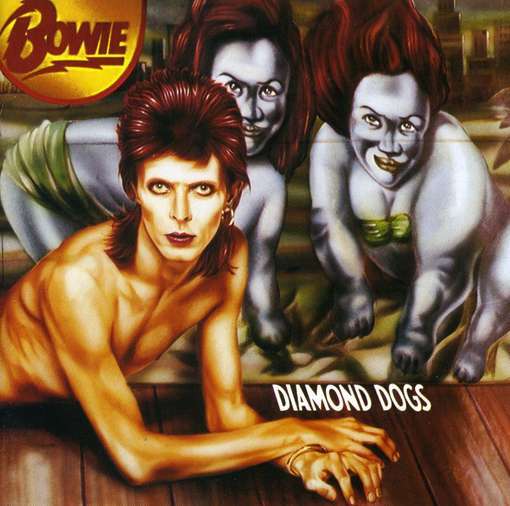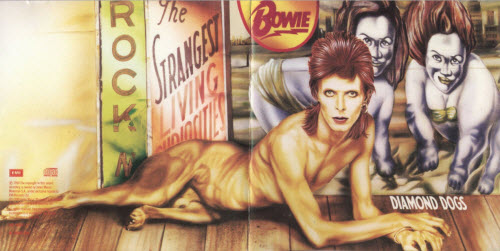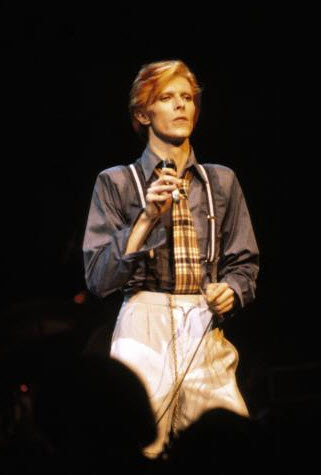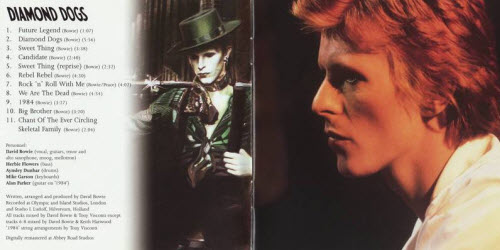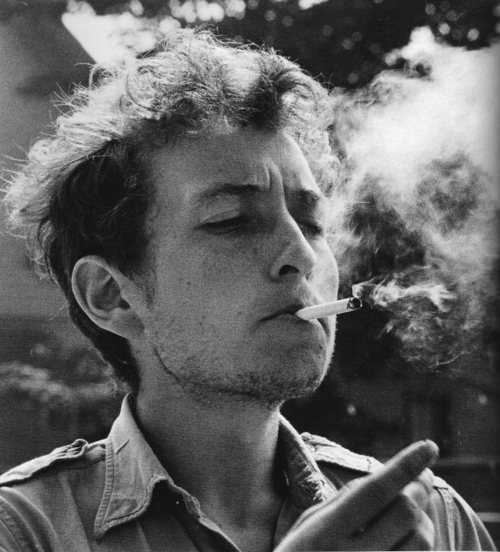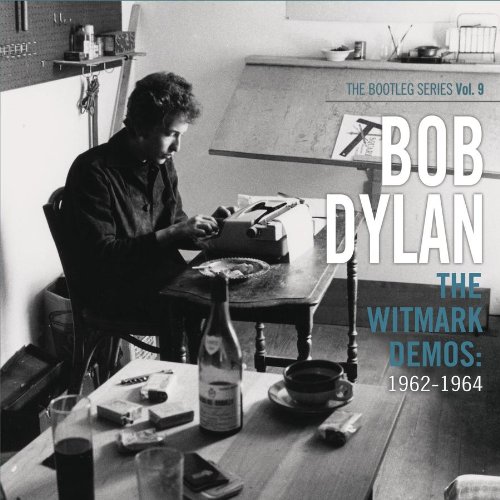” I think it was the first time I ever heard Dylan at all… And for the rest of our three weeks in Paris, we didn’t stop playing it.”
– John Lennon
Dylan had already moved on to other songs when his first masterpiece was released. Contrary to his first album, this album mostly has songs penned by the man himself. With songs like Blowin’ in the Wind, Girl From The North Country, Masters Of War, and Don’t Think Twice, It’s All Right that are still a big part of Dylan’s concerts half a century later, Freewheelin’ is an album whose music will live long after anyone who is reading this post is gone.
Facts from Wikipedia:
| Studio album by Bob Dylan | |
|---|---|
| Released | May 27, 1963 |
| Recorded | April 24–25, July 9, October 26, November 1 and 15, December 6, 1962, and April 24, 1963 at Columbia Records Studio A, 799 Seventh Avenue, New York City |
| Genre | Folk |
| Length | 50:04 |
| Label | Columbia |
| Producer | John Hammond, Tom Wilson |
The Freewheelin’ Bob Dylan is the second studio album by American singer-songwriter Bob Dylan, released in May 1963 by Columbia Records. Whereas his debut album Bob Dylan had contained only two original songs, Freewheelin’ initiated the process of writing contemporary words to traditional melodies. Eleven of the thirteen songs on the album are original compositions by Dylan. The album kicks off with “Blowin’ in the Wind”, which would become one of the anthems of the 1960s, and an international hit for folk trio Peter, Paul & Mary soon after the release of Freewheelin’. The album featured several other songs which came to be regarded as amongst Dylan’s best compositions and classics of the 1960s folk scene: “Girl from the North Country”, “Masters of War”, “A Hard Rain’s a-Gonna Fall” and “Don’t Think Twice, It’s All Right”.
A Hard Rain’s Gonna Fall:
Dylan’s lyrics embraced stories ripped from the headlines about civil rights and he articulated anxieties about the fear of nuclear warfare. Balancing this political material were love songs, sometimes bitter and accusatory, and material that features surreal humor. Freewheelin’ showcased Dylan’s songwriting talent for the first time, propelling him to national and international fame. The success of the album and Dylan’s subsequent recognition led to his being named as “Spokesman of a Generation”, a label Dylan came to resent.
The Freewheelin’ Bob Dylan reached number 22 in the US (eventually going platinum), and later became a number one hit in the UK in 1964. In 2003, the album was ranked number 97 on Rolling Stone magazine’s list of the 500 greatest albums of all time. In 2002, Freewheelin’ was one of the first 50 recordings chosen by the Library of Congress to be added to the National Recording Registry.
Girl from the North Country:
Even if you were among the handful of people who bought Bob Dylan’s 1962 self-titled debut, you couldn’t have predicted The Freewheelin’ Bob Dylan, the 1963 folkie touchstone where Dylan transformed American songwriting and blew the minds of everyone from his coffeehouse compatriots to the Beatles.
– The Rolling Stone Magazine
Album of the day @ JV:
Other May-27:
Continue reading Today: It is 50 years since Bob Dylan released The Freewheelin Bob Dylan

